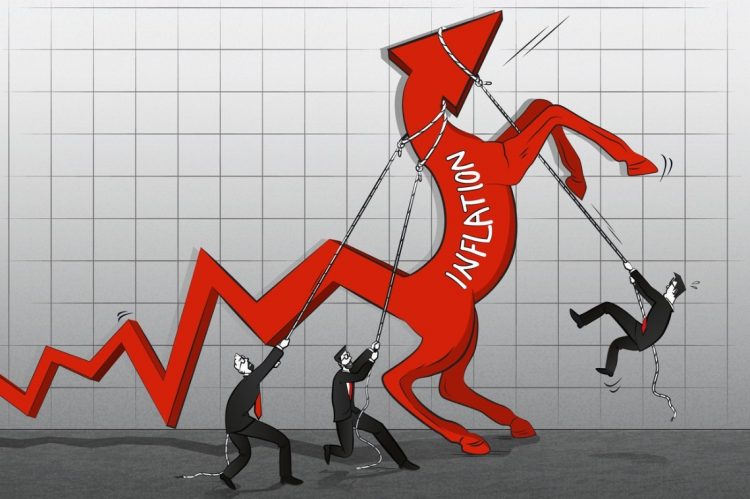The core personal consumption expenditures (CPE) price index, a key measure of inflation used by the Federal Reserve, increased 0.3% as expected last month, according to the latest report from the Commerce Department’s Bureau of Economic Analysis.
Additionally, the report showed that consumer spending rose higher than expected–up 0.7% over the 0.5% forecast, a positive sign that consumers are continuing to spend in the wake of unchanged interest rates at the last Fed meeting last month. All eyes will be on the Fed’s next meeting scheduled for this week.
According to the data, personal incomes increased $77.8 billion (0.3% at a monthly rate) in September. Disposable personal income (DPI), personal income less personal current taxes, increased $56.1 billion (0.3%) and personal consumption expenditures (PCE) increased $138.7 billion (0.7%).
The PCE price index increased 0.4%. Excluding food and energy, the PCE price index increased 0.3% (table 5). Real DPI decreased 0.1% in September and real PCE increased 0.4%; goods increased 0.5% and services increased 0.3%.
The increase in current-dollar personal income in September primarily reflected increases in compensation, personal income receipts on assets, nonfarm proprietors’ income, and rental income of persons.
The $138.7 billion increase in current-dollar PCE in September reflected an increase of $96.2 billion in spending for services and a $42.5 billion increase in spending for goods.
Within services, the largest contributors to the increase were other services (led by international travel), housing and utilities (led by housing), health care (led by hospitals and nursing homes), and transportation (led by air transportation). Within goods, other nondurable goods (led by prescription drugs) and motor vehicles and parts (led by new motor vehicles) were the leading contributors to the increase.
Personal outlays, the sum of PCE, personal interest payments, and personal current transfer payments, increased $175.1 billion in September (table 2). Personal saving was $687.7 billion in September and the personal saving rate—personal saving as a%age of disposable personal income—was 3.4%.
From the preceding month, the PCE price index for September increased 0.4% (table 5). Prices for goods increased 0.2% and prices for services increased 0.5%. Food prices increased 0.3% and energy prices increased 1.7%. Excluding food and energy, the PCE price index increased 0.3%.
From the same month one year ago, the PCE price index for September increased 3.4%. Prices for goods increased 0.9% and prices for services increased 4.7%. Food prices increased 2.7% and energy prices decreased by less than 0.1%. Excluding food and energy, the PCE price index increased 3.7% from one year ago.
The 0.4% increase in real PCE in September reflected an increase of 0.5% in spending on goods and an increase of 0.3% in spending on services (table 4). Within goods, the largest contributors to the increase were motor vehicles and parts (both new and used vehicles) and other nondurable goods (led by prescription drugs). Within services, the largest contributor to the increase was other services (led by international travel).
To see the full report, click here.












